Black-eared Cuckoo
10,000 Birds
MAY 7, 2023
Black-eared Cuckoos – Chrysococcyx osculans are one of the smaller Cuckoos in Australia and a Cuckoo species that I have not had much of an opportunity to photograph. It wasn’t calling, which is often the giveaway for Cuckoos in Australia, but perched on a branch as we walked by.

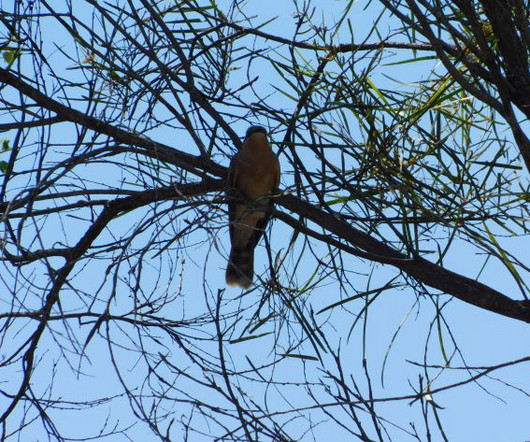
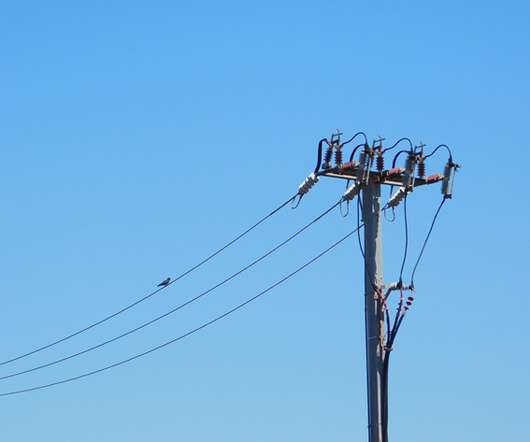

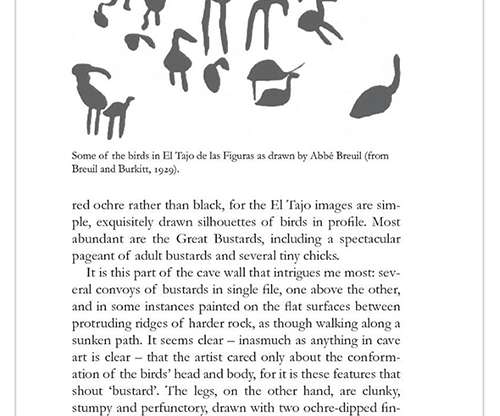







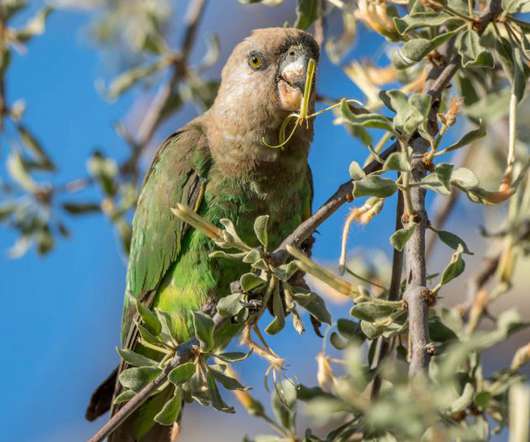

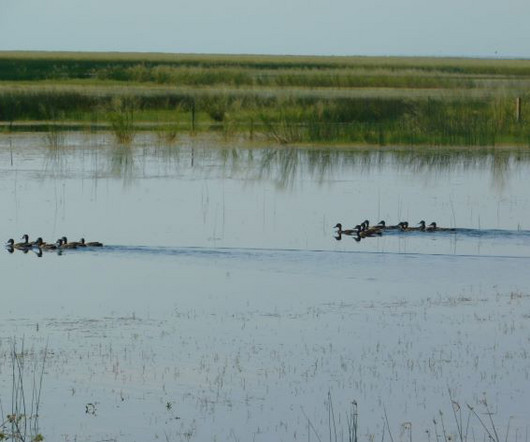
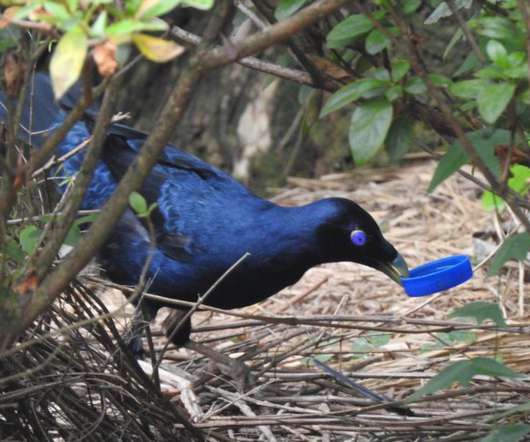





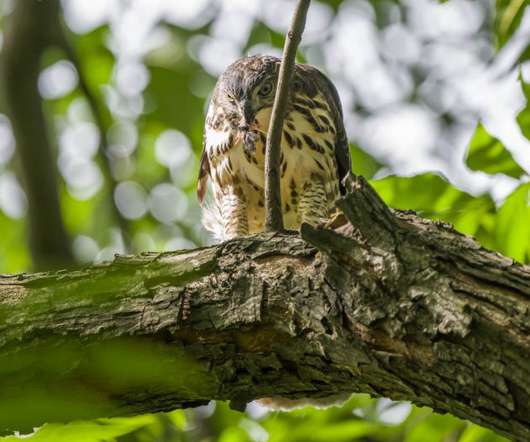






Let's personalize your content